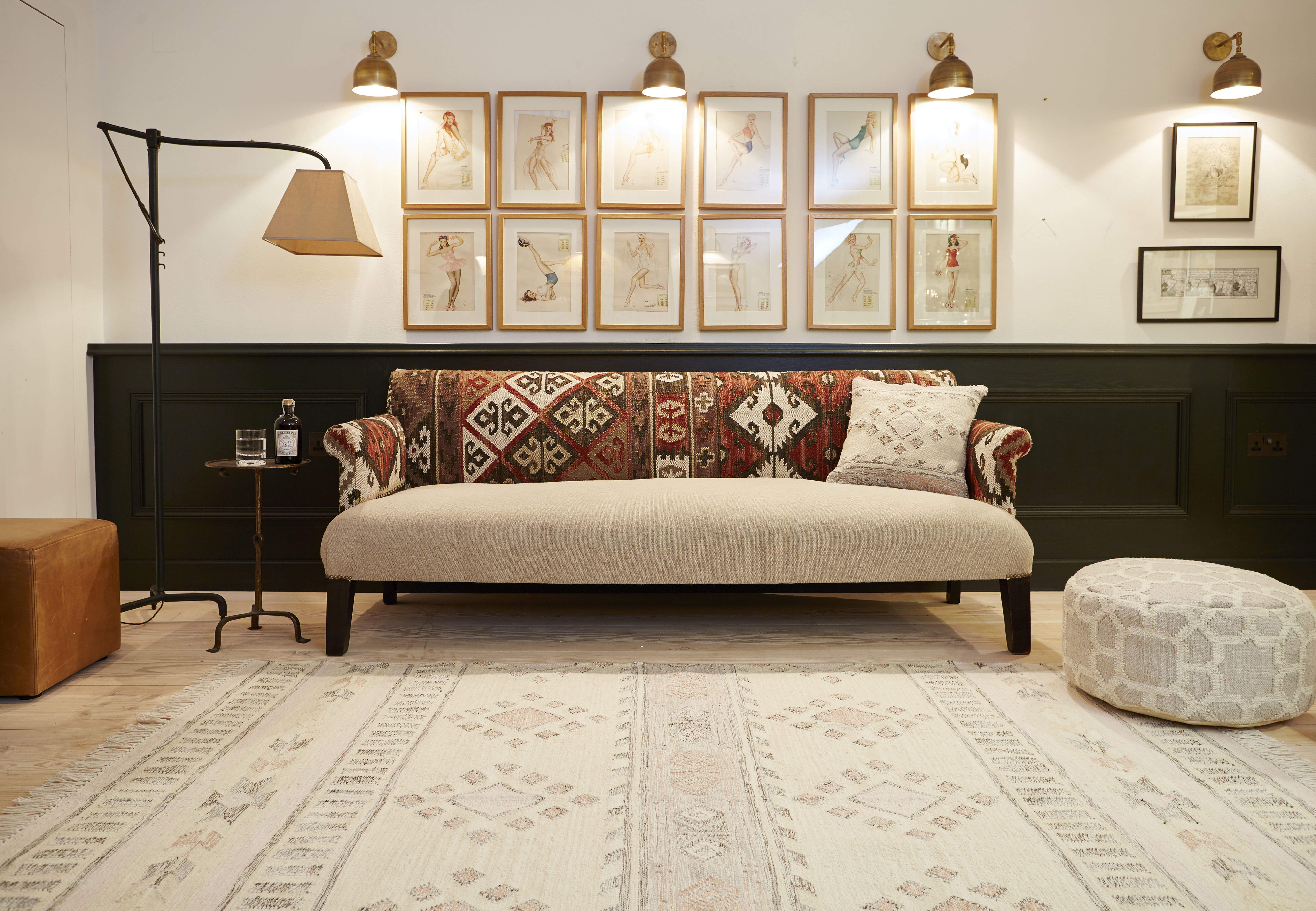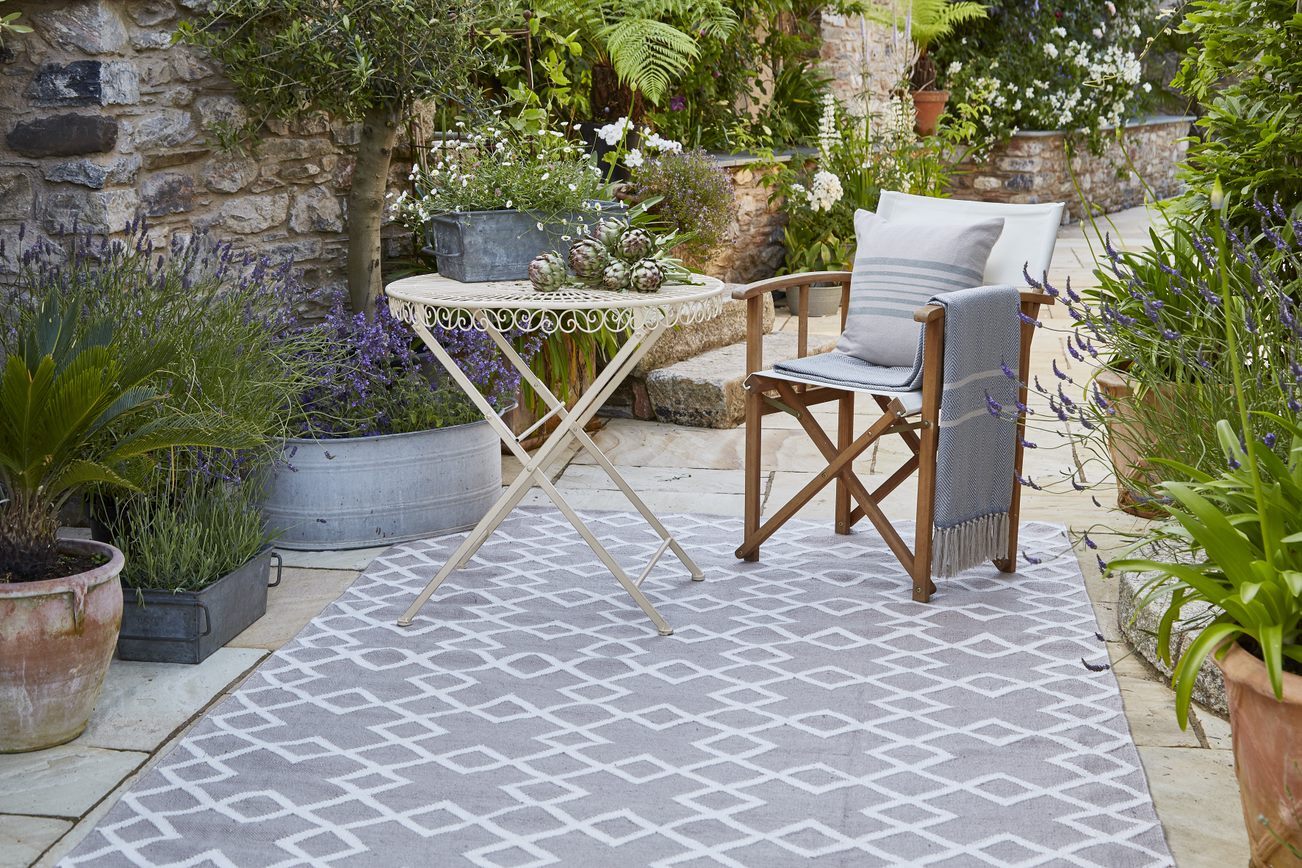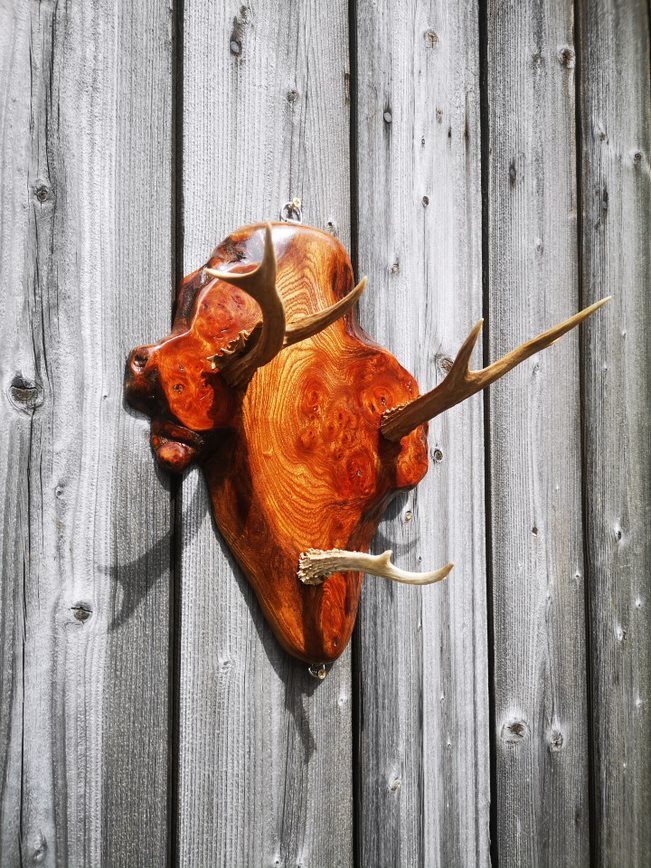Creating a sustainable space
The impact of climate change is making consumers more aware of their environmental impact, from the food we eat, to fast fashion and interiors. Eco-friendly interior design involves making environmentally conscious decisions when it comes to designing your dream home.

Energy-efficient design
If you have the option, opt for architecture and design that minimizes energy consumption. Consider renewable, non-carbon-based energy sources, like solar power.
In terms of heat, make sure windows are of high quality to increase insulation. Carpets are also excellent thermal insulators and can retain as much as 10% of a room’s heat. If possible, arrange rooms so that bedrooms and bathrooms face north (with less sun) and kitchens and living rooms face the sunnier south.
Consider the materials
Many of the materials used in everyday design aren’t sustainable. When decorating your home, choose responsibly sourced wood, cork, compressed earth, bamboo, marble, ceramic or recycled metals for furniture and fixtures.
For textiles, it is worth choosing organic or recycled cotton, linen, wool, and hemp. The jute plant grows quickly and is therefore rapidly renewable, making jute the ideal choice for rugs and hessian baskets. Rugs made from this fibre are also economical as jute is a good heat insulator.

Tasha Green, the founder of Weaver Green which makes sustainable textiles, says: “All of our rugs and textiles have the same soft feel of wool or jute but, thanks to being made from recycled plastic, all of our rugs, cushions, throws, footstools and storage baskets are perfect for use in kitchens, under dining tables, in bathrooms and hallways, as well as outside on garden terraces and in summer houses.
“If you are choosing a rug, I would always recommend a hardwearing, UV stable, water and stain resistant material. Weaver Green has spent years perfecting the process of turning recycled plastic bottles into a soft wool-like thread. This is then woven to make a rug.
“Our Kilim woven rugs provide the most robust product, that is extremely hardwearing and lasts for years.”

Weaver Green has just launched a new collection of throws which feel like cotton but are made from recycled plastic bottles which are saved from going into landfill or from littering the oceans.
Tasha adds: “The new Cassis throws showcase a herringbone pattern, tasselled ends and come in a choice of four colours: Blue, Charcoal, Coral and Olive. They can be used to drape over sofas or beds, revamp a chair or wrap around shoulders on chilly Autumn nights around the fire pit.”
Buy second hand
Finding good furniture doesn’t have to break the bank. Gumtree, Facebook Marketplace and Vinted are full of local sellers wanting to get rid of old furniture and textiles for a reduced price.
One way to take a sustainable approach to decorating a home is to buy vintage or antique pieces because they are built to last.

Upcycle
Sometimes outdated furniture just needs a refresh so upholster sofas and chairs. A chest of drawers can be transformed with a coat of paint and new handles.
Wooden furniture may sound sustainable but it involves cutting down living trees to opt for reclaimed wood which recycles old material and gives it a new life. Reclaimed wood can be turned into shelves, coffee tables and can make a fantastic flooring option in a country home.
Greater Good Wood, a social enterprise based in Bathgate, makes furniture, homewares and gifts out of reclaimed wood – and uses the profits to help charities.
Joe Myles, the company’s founder says: “One of the founding principles of Greater Good Wood was to operate in an environmentally responsible way. This means that from day one our supply chain has been sustainable and carbon negative.
“We are not comfortable with the buy-discard-replace culture and work hard to ensure that, if treated with a bit of love, our pieces will last a lifetime or more.”

Marie T Smith, the founder of Edinburgh upcycling business The Artisan Bothy, advises people to “look for sustainable items that have already been professionally and lovingly refinished”.
She adds: “When it comes to furniture, upcycling, restoring, and even repurposing existing pieces offers so many advantages.
“How much time do we spend searching for the perfect solution? You find the storage, but it’s the wrong shade. That ideal chair colour, but its size and shape won’t suit your modern home. Before you head out to look for a brand-new piece, consider something used – something with history.
“Fetch that family heirloom out of the garage or find your nearest third sector second-hand furniture store, where your purchase also benefits those who are in most need. Then find a professional to refinish it and make it unique to you. Imagine if you could turn that old hi-fi unit into a drinks cabinet and make it any colour you like. The only limit is your imagination.”

Shop local
Products from local businesses are often unique and have the benefit of lower delivery costs or you can take them home in your car the same day.
Edinburgh has a variety of recycling and upcycling businesses including Ruby Rose Upcycling, The Edinburgh Remakery and Move On Wood Recycling.
ESPC magazine
This article appeared in the September 2022 issue of the ESPC magazine. Find out more about the ESPC magazine and read the latest issue online.